TROUBLING
WATERS
Understanding Global
Water Security
This report was produced by the CSIS Project on Water Security,
which is supported with the generosity of CSIS Trustee Henrietta Fore.

The world is not on the precipice of a global water crisis: it is decades into an escalating catastrophe.
Today, global water demand already outstrips availability, with at least half of the global population experiencing highly water-stressed conditions. That is, they live in a region of the world that is highly water stressed for at least one month of the year.
At the same time, climate change will have diverse and unpredictable consequences for water security.
The ramifications of the existing water crisis will continue to grow in scope and severity without swift and robust intervention.
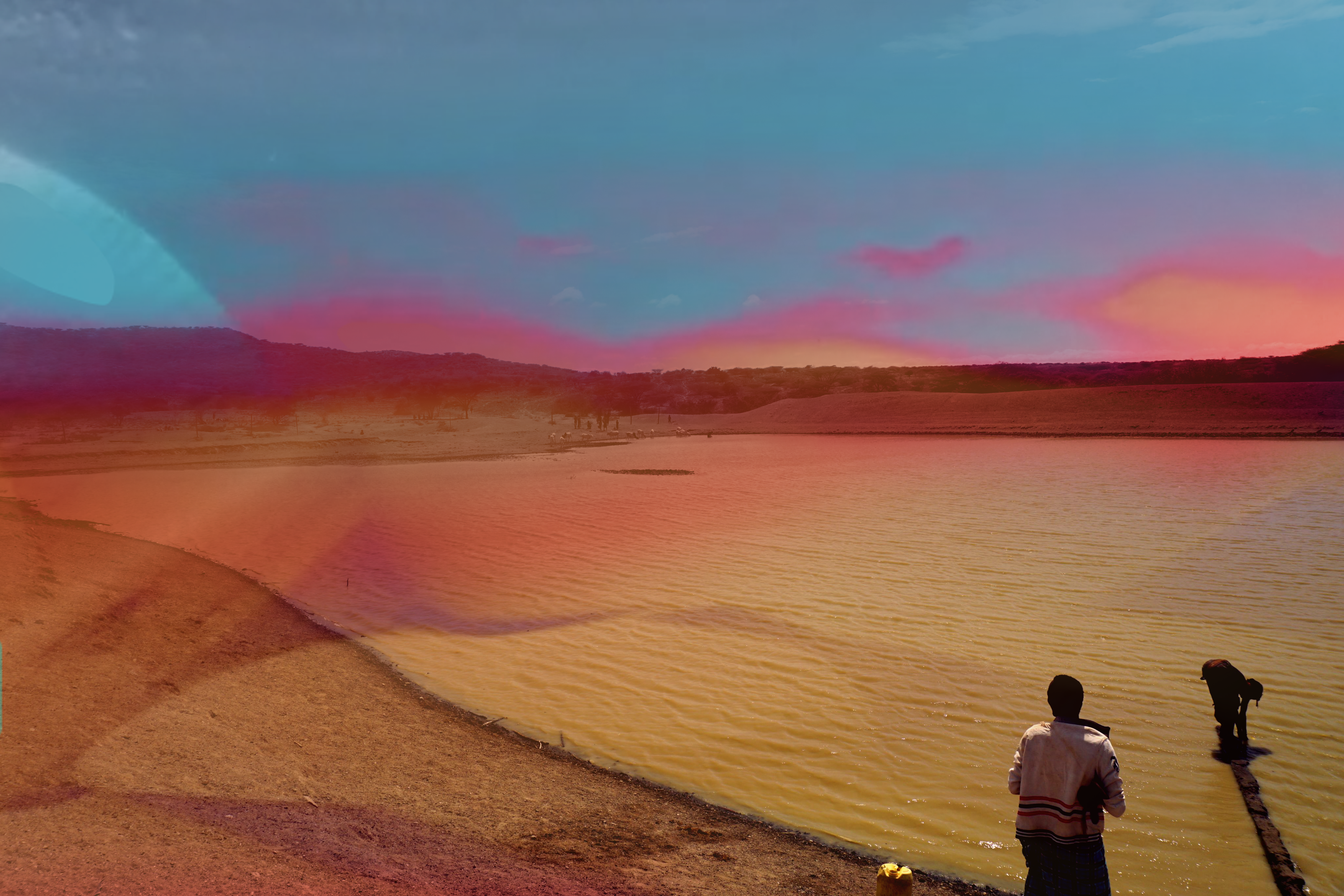
I. The Basics of Global Water
Water covers about 71 percent of the earth's surface. However, only a relatively small quantity is available for human use and consumption.
Of the estimated 1.39 billion cubic kilometers of water on the earth, approximately 97 percent is found in the oceans. Just 3 percent of the earth's water is freshwater, but most of that is unavailable—either locked up in glaciers, polar ice caps, the atmosphere, and soil; too highly polluted; or located where is it not practically or economically feasible to access. That leaves about one half of 1 percent of the earth's water remaining as freshwater that is available for human use.
With what is available, the world uses about 4 trillion cubic meters of freshwater annually. This is a volume about six times greater than global freshwater withdrawal at the turn of the twentieth century.
By 2050 the world is projected to demand 20 to 25 percent more water. And it is estimated that the number of people suffering from severe water scarcity could increase by 40 percent by the end of this century.
How is available freshwater used?
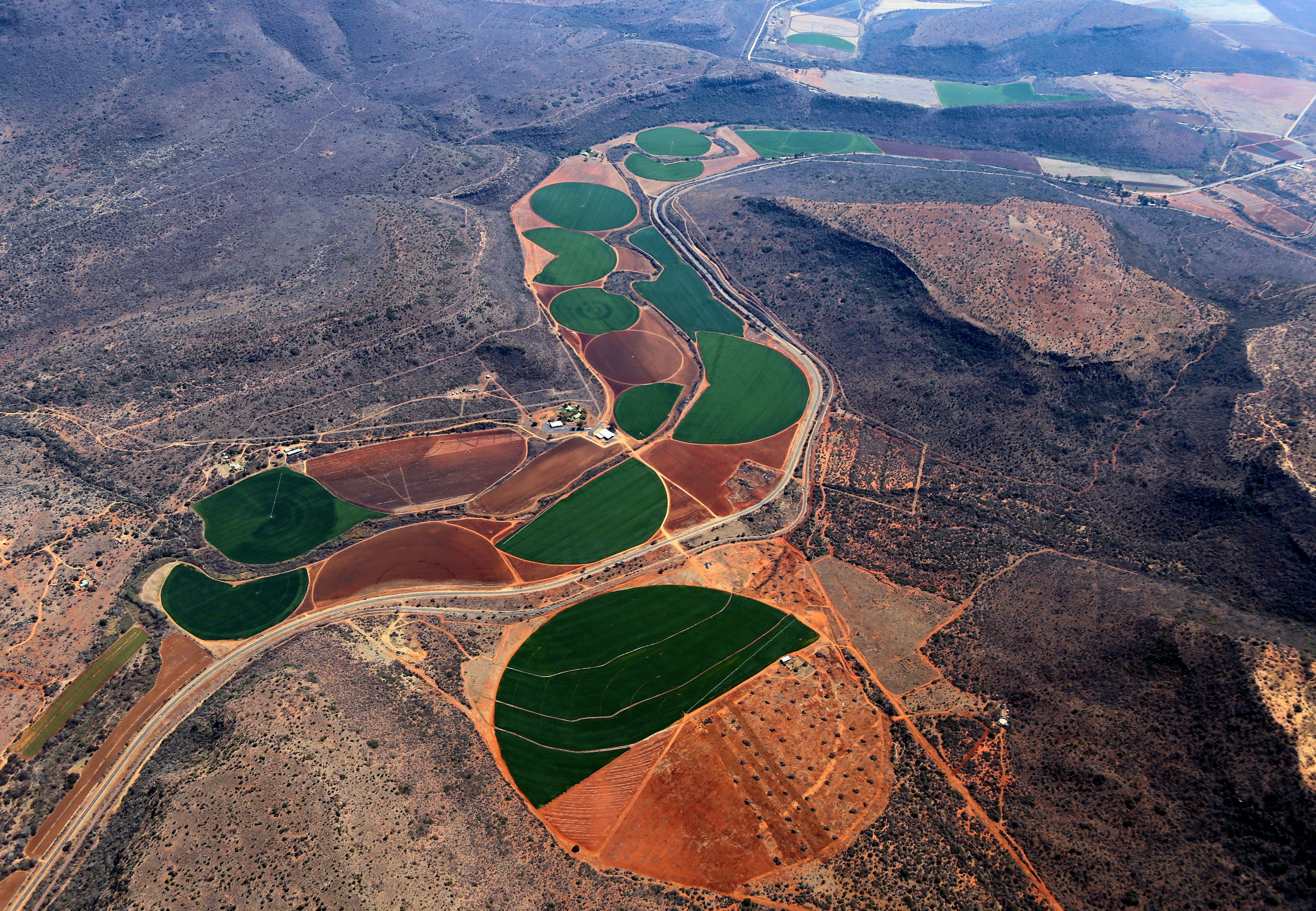
71.3%
AGRICULTURE
Irrigation of agricultural land is a substantial burden on freshwater resources. Though figures vary regionally, agricultural activity accounts for about 71 percent of all freshwater withdrawals globally. The proportion of water withdrawals for agriculture tends to be higher among developing countries and in the Global South.
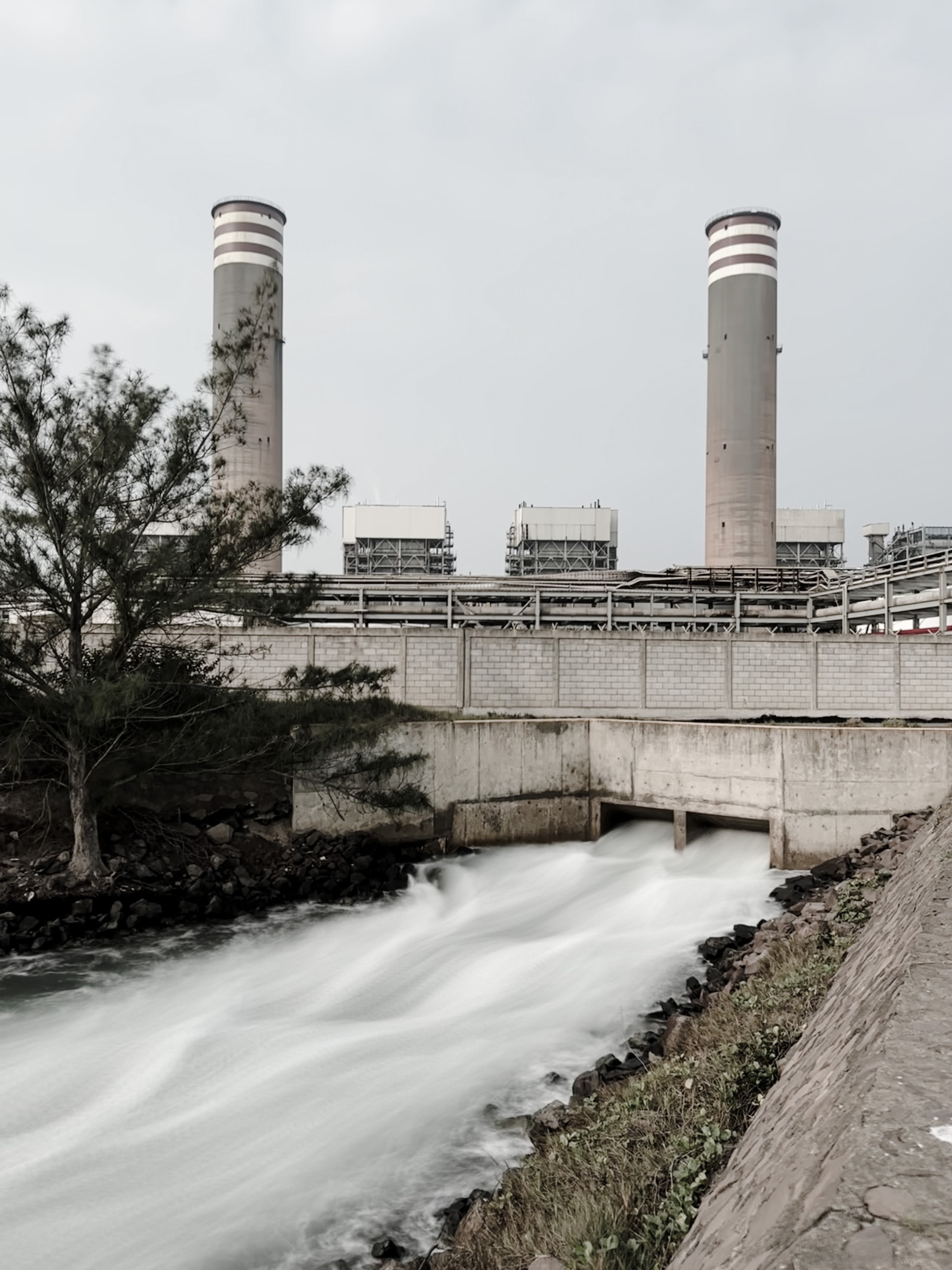
15.4%
INDUSTRY
Industrial freshwater withdrawals account for about 15 percent of total global water withdrawals. This figure, too, varies significantly between countries. The United States withdrew nearly 210 billion cubic meters of water for industrial use in 2020, accounting for almost half of all domestic freshwater withdrawals that year.

13.1%
DOMESTIC
The lowest share of global water withdrawals, about 13 percent, are spread across municipal or residential uses. These include household-level uses for drinking, cooking, and cleaning. As a result, cultural and practical differences in household water behaviors drive significant variation in per capita water demands.
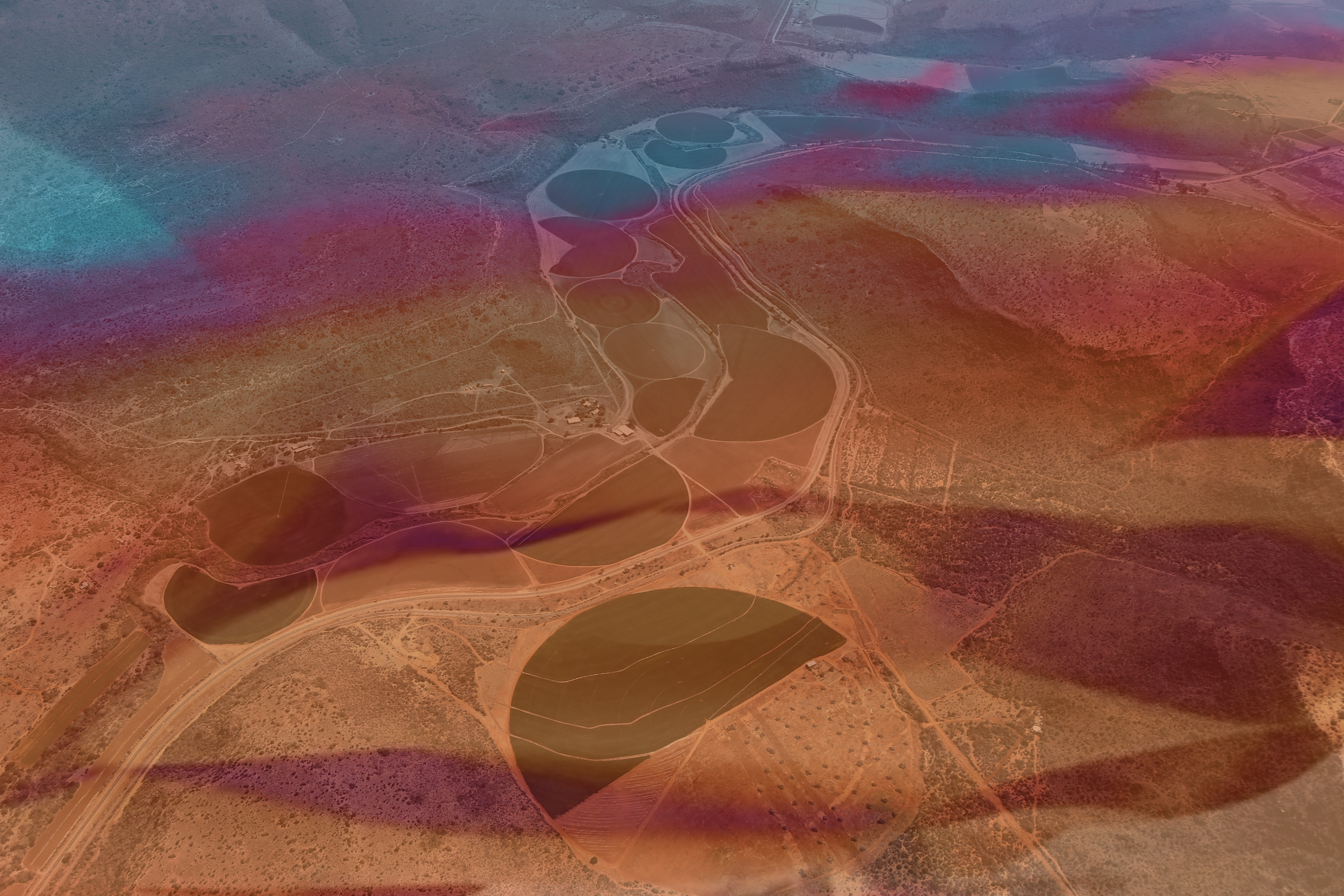
II. Water Security Defined
Given the myriad ways in which freshwater is used, the relationships between water, human health and well-being, economic development, and environmental integrity are all central to defining water security.
“
The capacity of a population to safeguard sustainable access to adequate quantities of acceptable quality water for sustaining livelihoods, human well-being, and socio-economic development, for ensuring protection against water-borne pollution and water-related disasters, and for preserving ecosystems in a climate of peace and political stability.
”
-UN-Water, Water Security and the Global Water Agenda

Water Scarcity
Water scarcity is broadly understood to exist “where the demand for water exceeds supply and where available water resources are approaching or have exceeded sustainable limits.” A region is identified as being water scarce when annual renewable freshwater supply is less than 1,000 cubic meters per capita (two and a half times less than the yearly per capita use in the United States.)
Physical water scarcity refers specifically to the relationship between the quantity of water available in a region and the quantity of water required by that region’s population.
Economic water scarcity reflects the functional capacity, or lack thereof, to mobilize adequate water resources for a population.

Water Stress
Water stress is “an outcome of water scarcity and refers to scarcity in terms of quality and accessibility.”
This can manifest “in conflict over water resources, over-extraction, or poor health and disease.”
(In quantitative terms, water stress is experienced when the renewable freshwater supply declines below 1,700 cubic meters per person per year.
Water stress also occurs when the fraction of freshwater withdrawals to freshwater availability is significantly high—a withdrawal to supply ratio of 0.4 or greater indicates severe water stress.)
The United Nations University Institute for Water, Environment and Health’s 2023 Global Water Security Assessment found that 72 percent of people live in countries that are water insecure, with a further 8 percent living in countries that are critically so.
Measures of both water scarcity and water stress are helpful tools for identifying regions and populations that are at highest risk for water insecurity, especially in the context of persistent and increasing challenges caused by climate change and human activity.
However, regional or population-specific measures of water stress are often lagging indicators, not specifically evaluating the way in which water insecurity manifests at the individual and household level or in real time. Even relatively short periods of water insecurity—those that may not be apparent in annual surveys of water insecurity—can have significant ramifications for health and socioeconomic well-being.
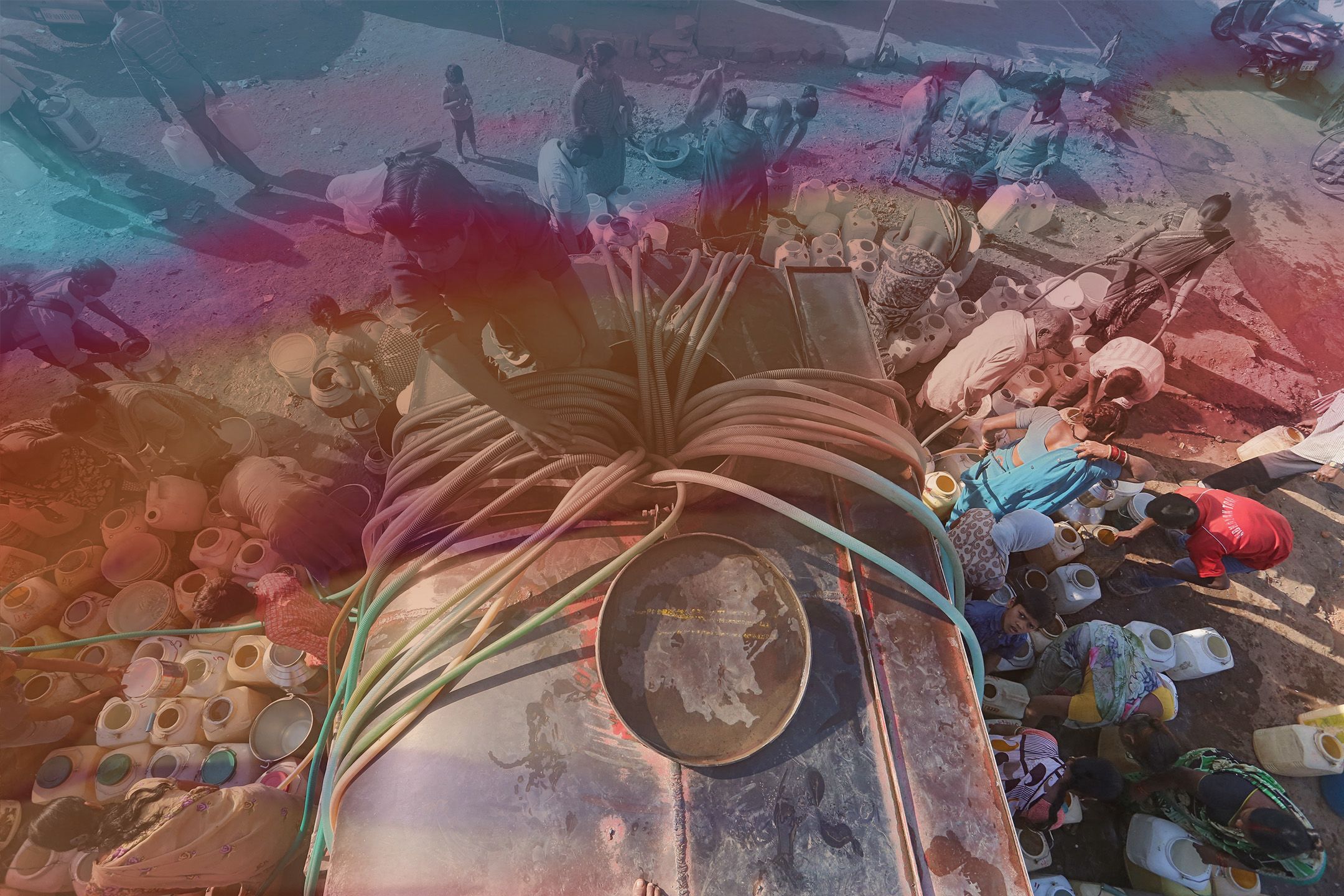
III. Assessing the Human Experience of Water Insecurity
While the quantification of water security in its physical forms is vital to the understanding of the risks to freshwater resources, it ultimately presents an incomplete picture.
In addition to measuring the quantity and geographic distribution of freshwater, lived experiences of water security must also be assessed.
Tools like the Water Insecurity Experiences (WISE) Scales offer a means to measure the experience of water security within and across communities. This allows for the collection and analysis of data regarding the lived experience of water availability, quality, accessibility, and stability that are comparable at a global scale.
The WISE Scales were developed over the past several years to provide a holistic measure of the human experience of water security.
The WISE Experiences
'Worry'
How frequently did you or anyone in your household worry you would not have enough water for all of your household needs?
'Interrupt'
How frequently has your main water source been interrupted or limited (e.g., water pressure, less water than expected, river dried up)?
'Clothes'
How frequently have problems with water meant that clothes could not be washed?
'Plans'
How frequently have you or anyone in your household had to change schedules or plans due to problems with your water situation?
'Food'
How frequently have you or anyone in your household had to change what was being eaten because there were problems with water?
'Hands'
How frequently have you or anyone in your household had to go without washing hands after dirty activities because of problems with water?
'Body'
How frequently have you or anyone in your household had to go without washing their body because of problems with water?
'Drink'
How frequently has there not been as much water to drink as you would like for you or anyone in your household?
'Angry'
How frequently did you or anyone in your household feel angry about your water situation?
'Sleep'
How frequently have you or anyone in your household gone to sleep thirsty because there wasn’t any water to drink?
'None'
How frequently has there been no useable or drinkable water whatsoever in your household?
'Shame'
How frequently have problems with water caused you or anyone in your household to feel ashamed, excluded, or stigmatized?
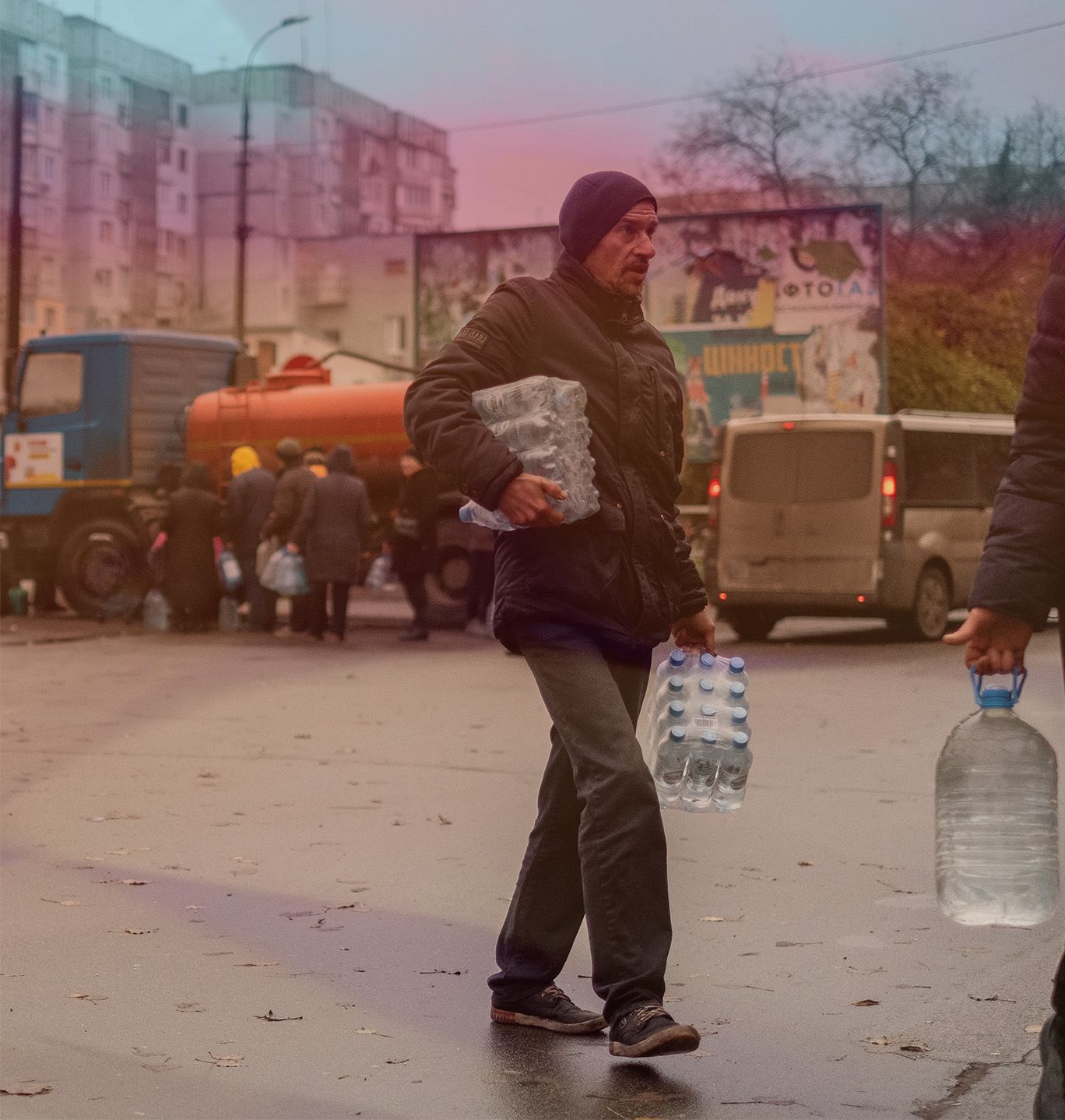
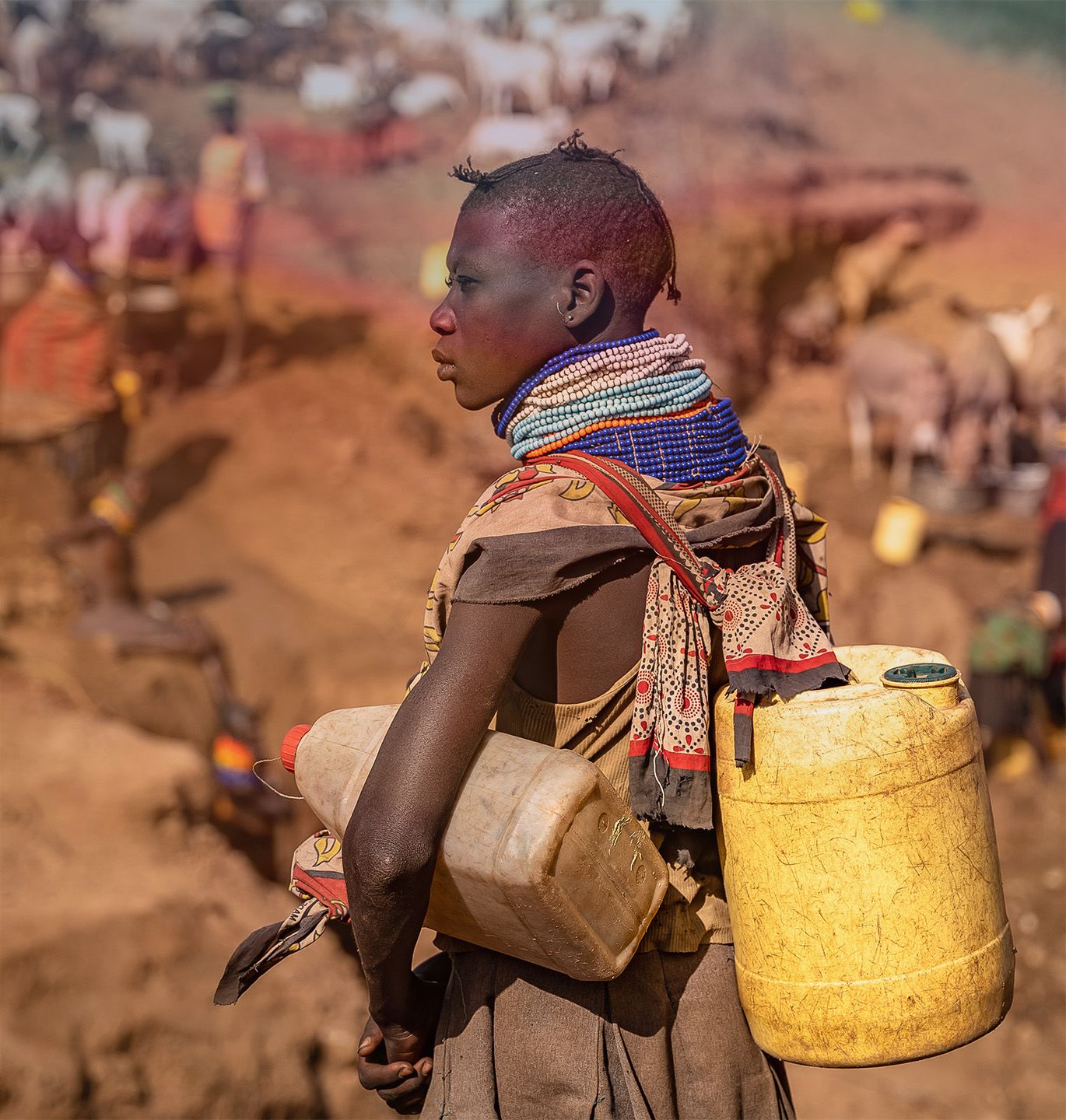
The measures of water insecurity, whether experienced at the individual (IWISE) or household (HWISE) level, draw upon four water security characteristics to provide globally comparable measures that extend beyond the typical measure of physical water availability and safety.
Availability
The quantity of water. There must be enough water to satisfy residential and domestic needs, in addition to the needs of local agriculture and industry.
Quality
The acceptability of water for drinking and household use. Water must be of sufficient quality as to not pose a threat to human health and provide a means for necessary hygiene practices and the functioning of effective sanitation facilities.
Accessibility
The affordability and adequate infrastructure of water. Water services must be available locally and within reasonable distance of the household, as well as schools, places of work, health facilities, and public places. Additionally, water and sanitation services must be available at costs that make them affordable to all, whether through regulation or social policies.
Stability
The temporal reliability of water. Water resources must be reliable to the point that a sufficient quantity and quality of water is available for all personal and domestic needs consistently.
These characteristics—and the ways in which they relate to human health and well-being—are affected by external drivers. These include events related to anthropogenic climate change (e.g., drought, flooding, precipitation change, saltwater intrusion), population and demographic change, and governance of water resources.

IV. The Geopolitics of Water
The ubiquity of water makes it a uniquely powerful tool for development and an increasingly vulnerable resource.
Population growth, demographic change, economic development, and the requisite need for increased agricultural production have led to unsustainable levels of freshwater use and degradation. Global freshwater withdrawals have more than doubled since 1960.
Simultaneously, the consequences of climate change—increased frequency and severity of floods, droughts, and extreme weather events—threaten the quantity and quality of water resources around the globe.
Water-related natural disasters are particularly deadly, accounting for 70 percent of deaths associated with natural disasters.
The degradation of water resources—and the failings of governance that exacerbate it—have spurred political instability, including rising transboundary tensions, global market challenges, and social unrest.
Recent Large-scale Water Security Crises
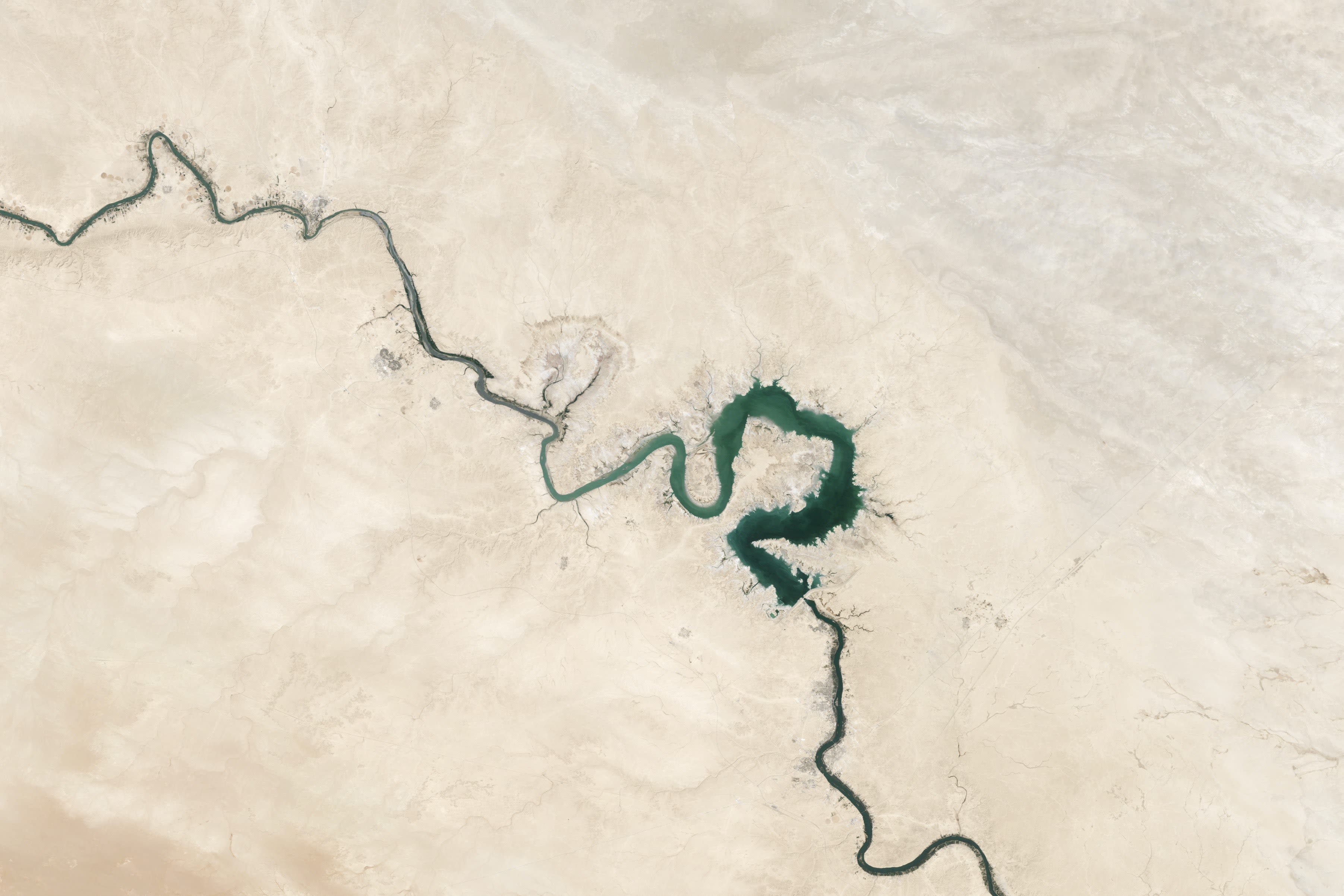
2011–2016
The Syrian Civil War and resulting
Refugee Crisis in Europe
Conflict in Syria was spurred by myriad distinct and overlapping sociopolitical factors, including economic, agricultural, and health challenges related to water insecurity. This insecurity was caused, in part, by the confluence of drought and unsustainable transboundary water management.
Triggered by this conflict and the related food and water insecurity, millions of migrants, primarily from Syria and Iraq, sought refuge in Europe in the subsequent years. The political and social ramifications were profound, with some attributing the rise of the right-wing populist movement in Europe to the anti-immigrant sentiment that grew in response to the crisis. As a result, many migrants seeking refuge in Europe still face a difficult and dangerous journey today.
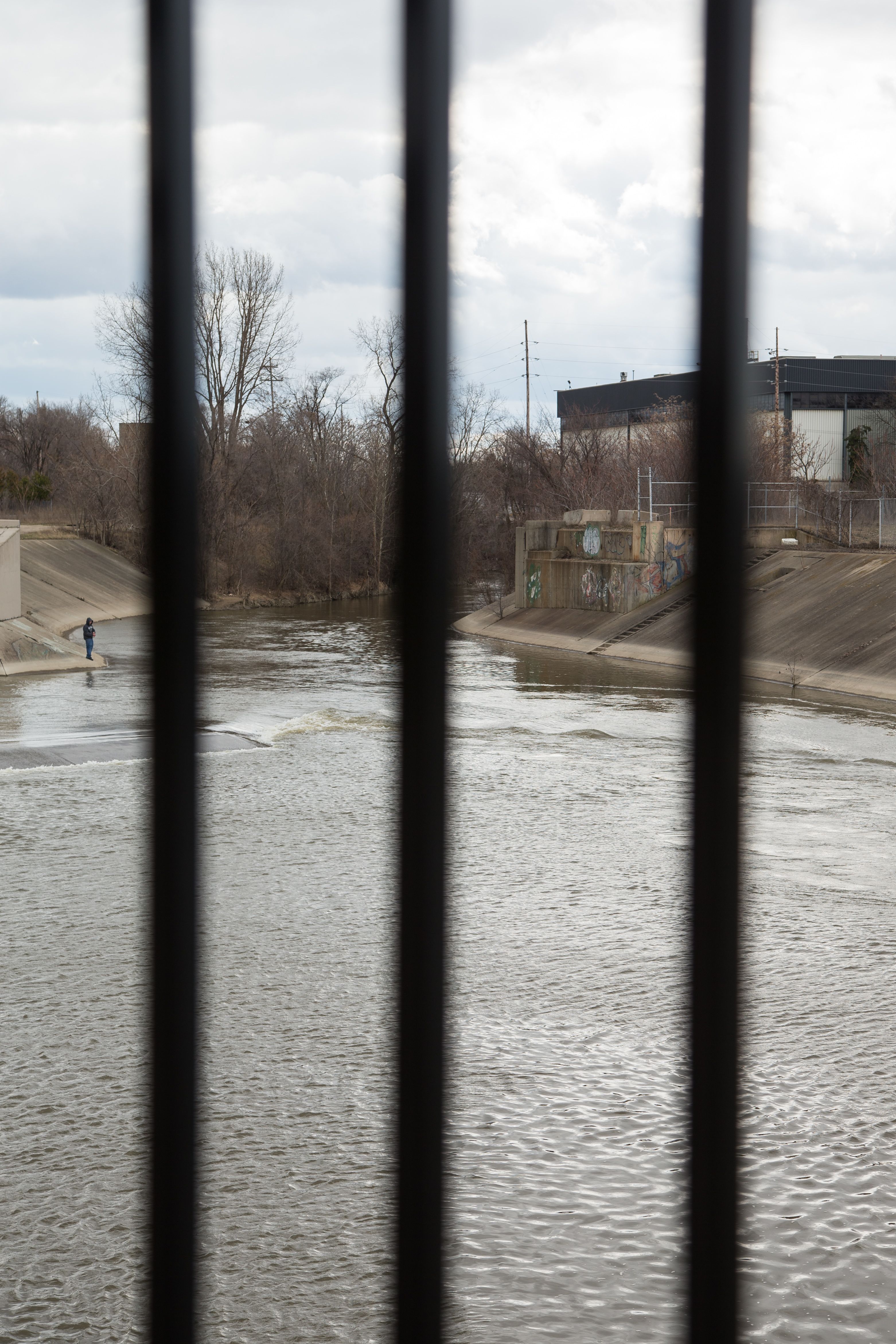
2014–2016
The Flint Water Crisis
In the fall of 2015, the residents of the U.S. city of Flint, Michigan, were advised that their municipal tap water was unsafe to drink, and months later a state of emergency was declared. Nearly two years prior, in April 2014, the source of the city’s water supply had been switched from Lake Huron to the Flint River. The subsequent failure in monitoring and treating the highly corrosive Flint River water led to the severe degradation of water pipes and the leaching of lead and other harmful contaminants into the water system. Though complaints about water quality began almost immediately after the switch, a combination of poor governance, gross negligence, and systemic racism was responsible for a health crisis that endangered and damaged the lives of thousands.
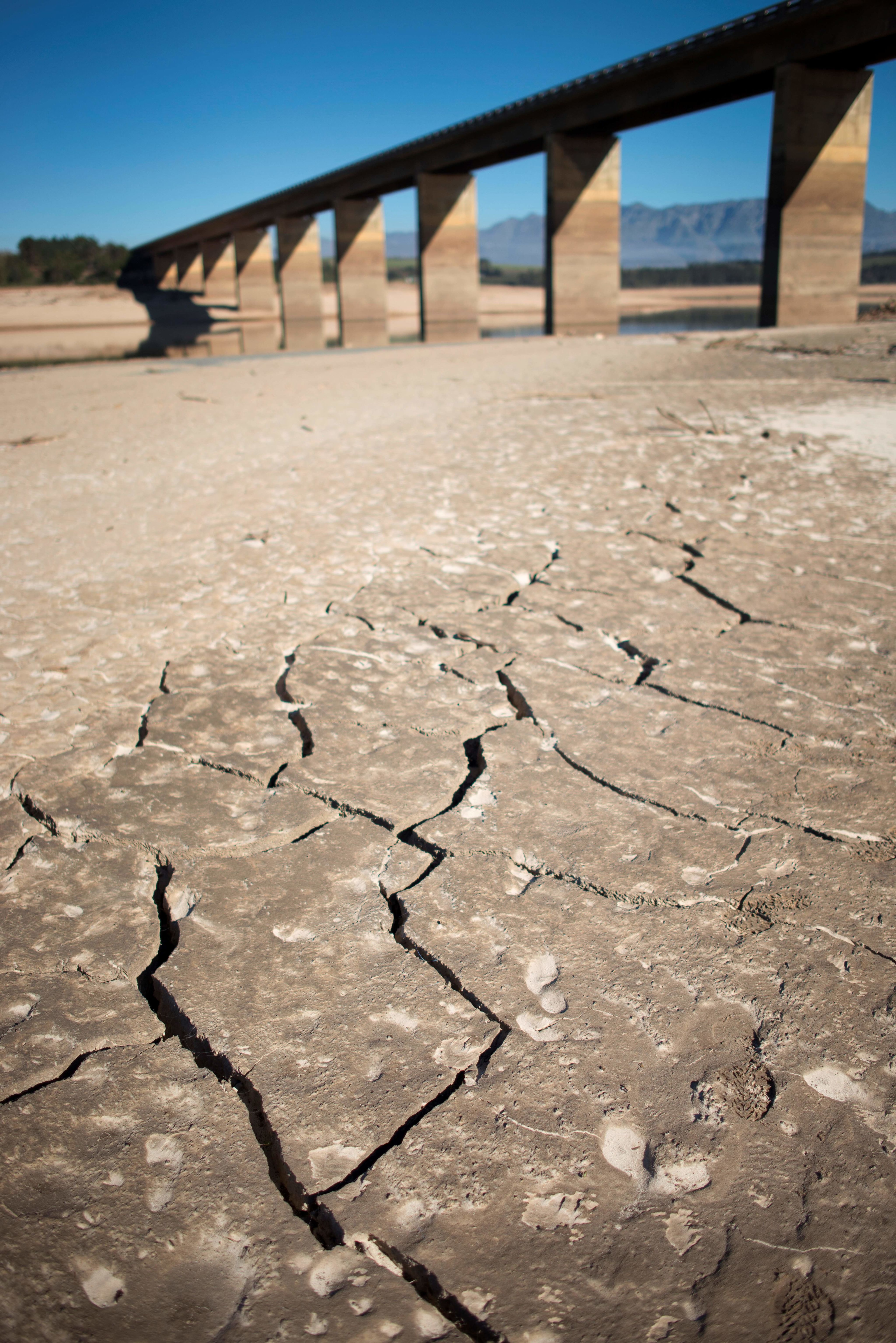
2017–2018
Cape Town’s Water Crisis
Three years of severe drought, which started in 2015, left the South African city of 4.6 million people planning for “Day Zero,” the day when the city would effectively run out of water. Modeling suggests that climate change made this drought five to six times more likely. The unprecedented nature of this climate event was likely affected by anthropogenic climate change, but almost certainly made significantly worse by poor water management.
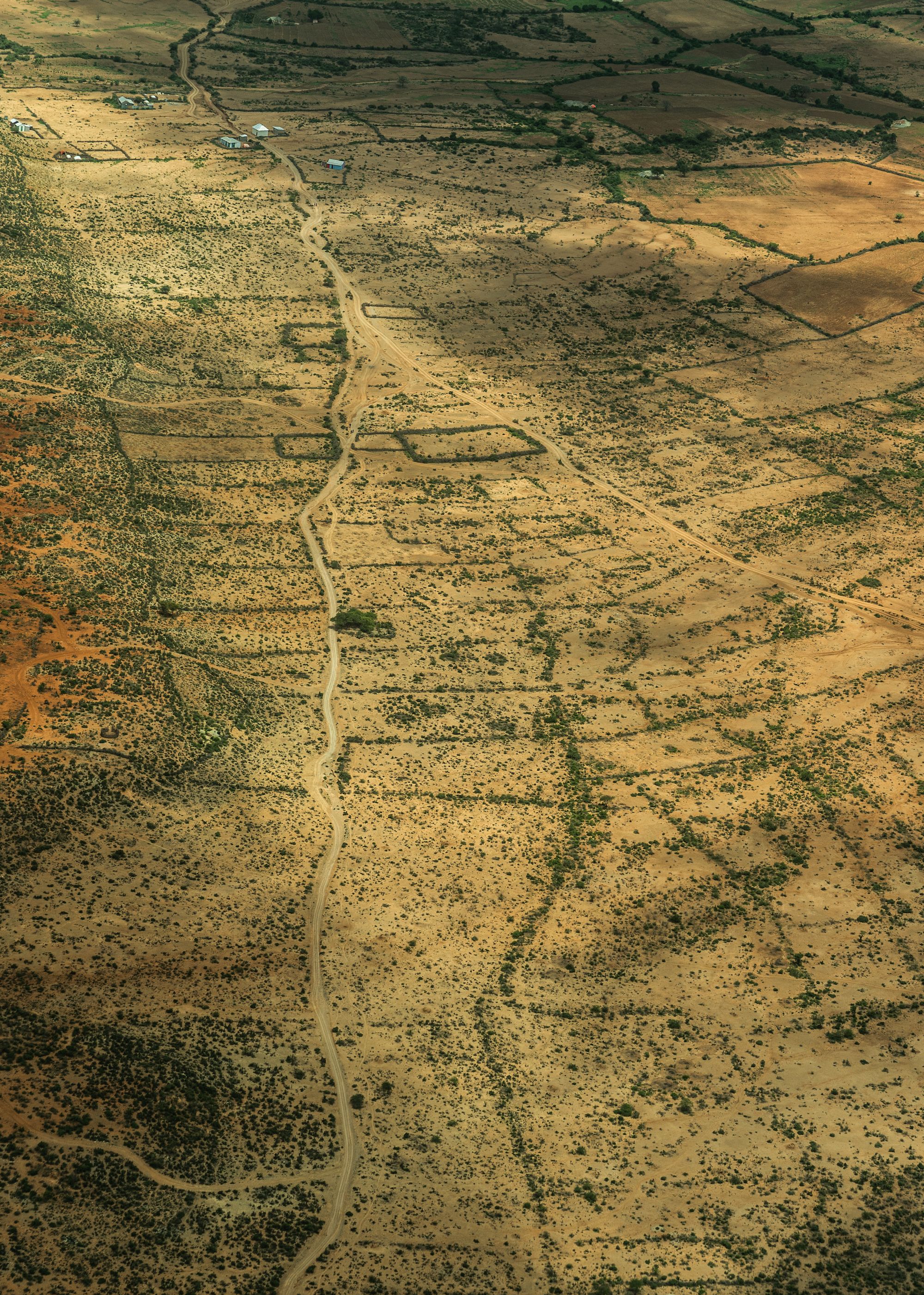
2020–2023
Drought in the Horn of Africa
Six consecutive failed rainy seasons saw large regions of Ethiopia, Kenya, and Somalia suffer the most severe drought in a generation. By August of 2022, more than 36 million people were affected, with more than 16 million living with daily household water insecurity. The severity of the drought was very likely made worse by climate change.

2022
Devastating Flooding in Pakistan
In 2022, 33 million people were affected by floods that ravaged a third of the country and killed more than 1,000 people. The flooding severely damaged water infrastructure across the county, leaving nearly five and a half million Pakistanis without access to clean, safe water. Twelve years earlier, Pakistan had been struck by similar flooding, which resulted in the displacement of 6 million people and nearly 2,000 deaths. Lessons that could and should have been learned, considering Pakistan has suffered from 30 major flood events since 1947, were never effectively translated into action. The lives of tens of millions have suffered as a result.
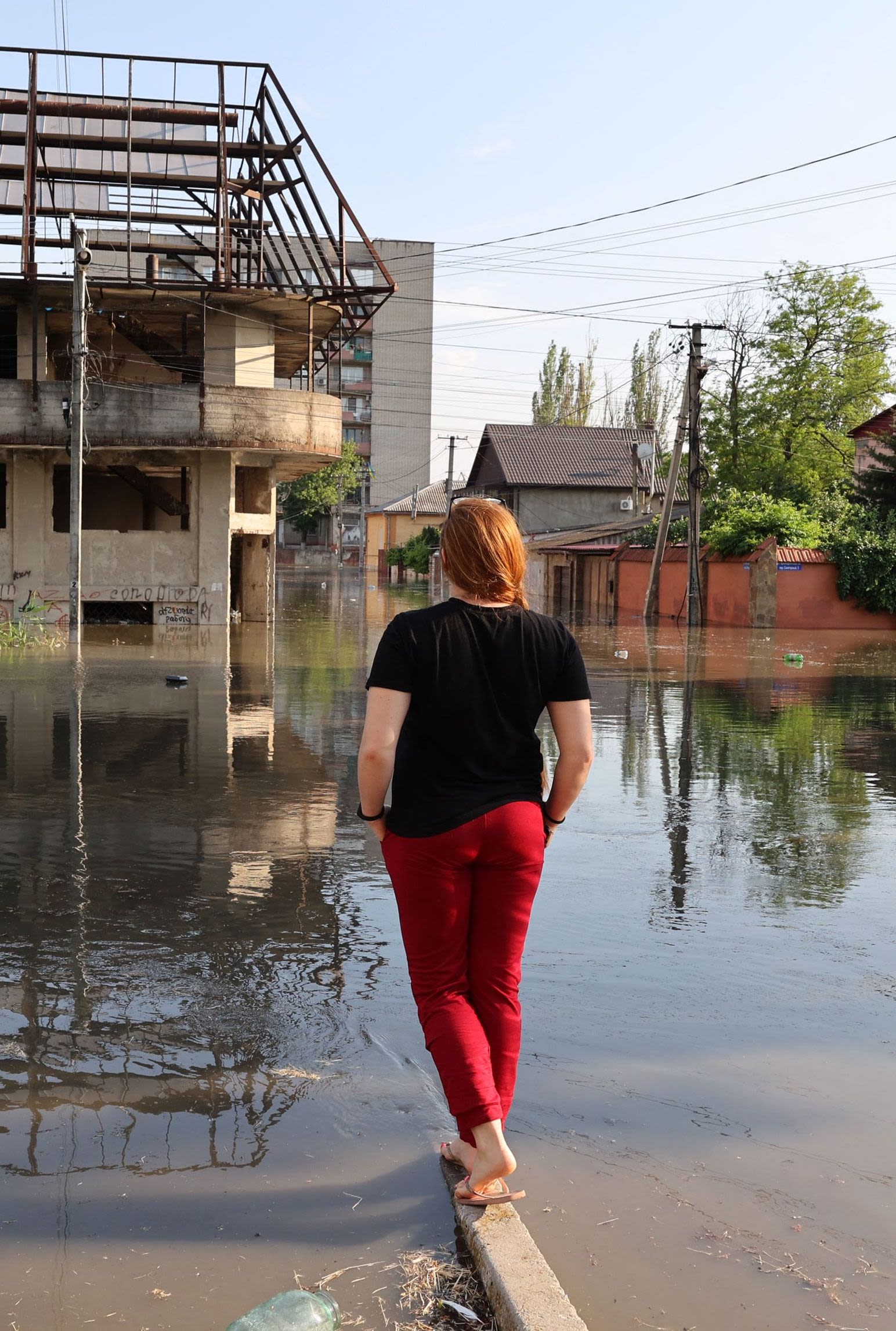
June 2023
The Kakhovka Dam Disaster
The deliberate destruction of the Kakhovka Dam in southern Ukraine provides a clear example of how water can be both a weapon and casualty of conflict. This intentional disaster on the Dnipro River—almost certainly caused by Russian forces—has led to water shortages for an estimated 700,000 Ukrainians. The aftermath of the dam collapse has created an ecological disaster that will affect the health and livelihoods of those in the region far into the future.
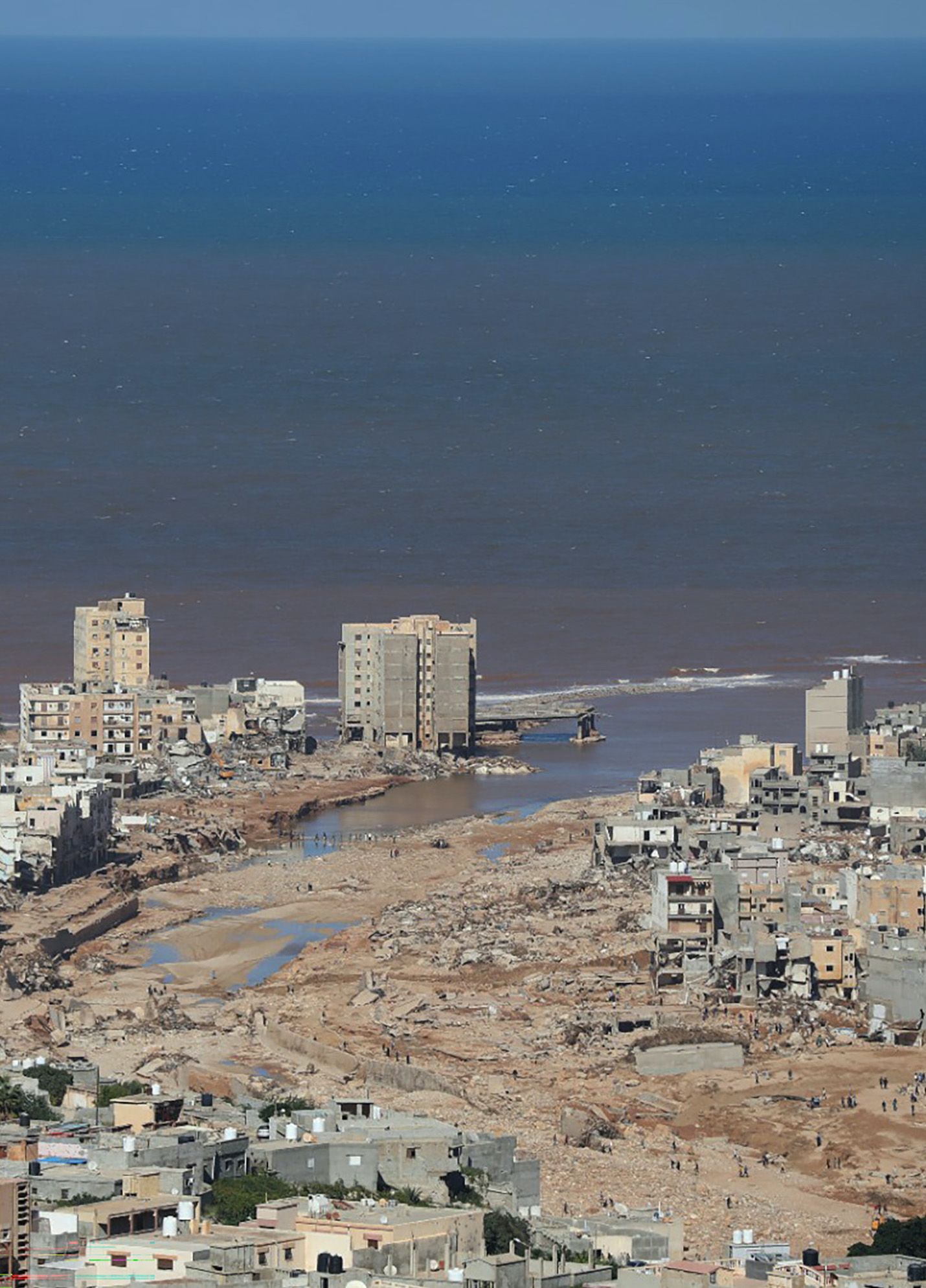
September 2023
Severe Flooding in Libya
Extreme rainfall across the central and eastern regions of the Mediterranean led to catastrophic flooding and loss of life in Libya. The heavy rains caused the breach of two dams near the Libyan city of Derna, destroying much of the city. As of December 15, 2023, the United Nations Office for the Coordination of Humanitarian Affairs estimates the death toll at 4,702 people, with at least 8,000 missing and more than 44,000 internally displaced. Political mismanagement and systematic failures of water infrastructure contributed significantly, aggravating the scope of the disaster and hampering the subsequent response.
Addressing water challenges—those of both a physical and experiential nature—will require concerted domestic and international contribution.
Without this, the significant threats to water and its related sectors will continue to fester, inflaming already tenuous states of instability around the world.

V. The Challenges and Solutions to an Uncertain Future
The extraordinary burden of providing the world with enough clean water is matched by the difficulty of doing so sustainably and equitably.
In 2022, about 2.2 billion people lacked access to safely managed drinking water. About 3.4 billion lived without access to safely managed sanitation.
Recent progress toward increasing this access has been frustratingly slow.
As the world’s population increases in size and development, the demand for food, energy, and freshwater will grow with them.
The difficulty of providing these resources will also stress the industries and economies that rely most on freshwater resources.
Already, increasing groundwater depletion across the world is imperiling the lives and livelihoods of those that need groundwater for agricultural production. Simultaneously, water scarcity is having a negative impact on global energy production, and droughts are significantly disrupting global supply chains.
In facing these challenges, there are critical steps to take to
protect future access to sustainable, equitable, and safe water:

Governance
Improved water governance is critical to the creation and maintenance of sustainable, resilient, and innovative water management. Specifically, proper governance can aid in reducing freshwater contamination, increasing water system efficiency, and prioritizing the infrastructure needed to provide consistent, safe, and affordable water across varying contexts.

Inquiry
Expanding the breadth and depth of information regarding all facets of water security is a prerequisite to effective water management. Across all levels—from the individual to the global—data collection, analysis, and access must be prioritized as the fundamental means of identifying emerging challenges and developing effective solutions.
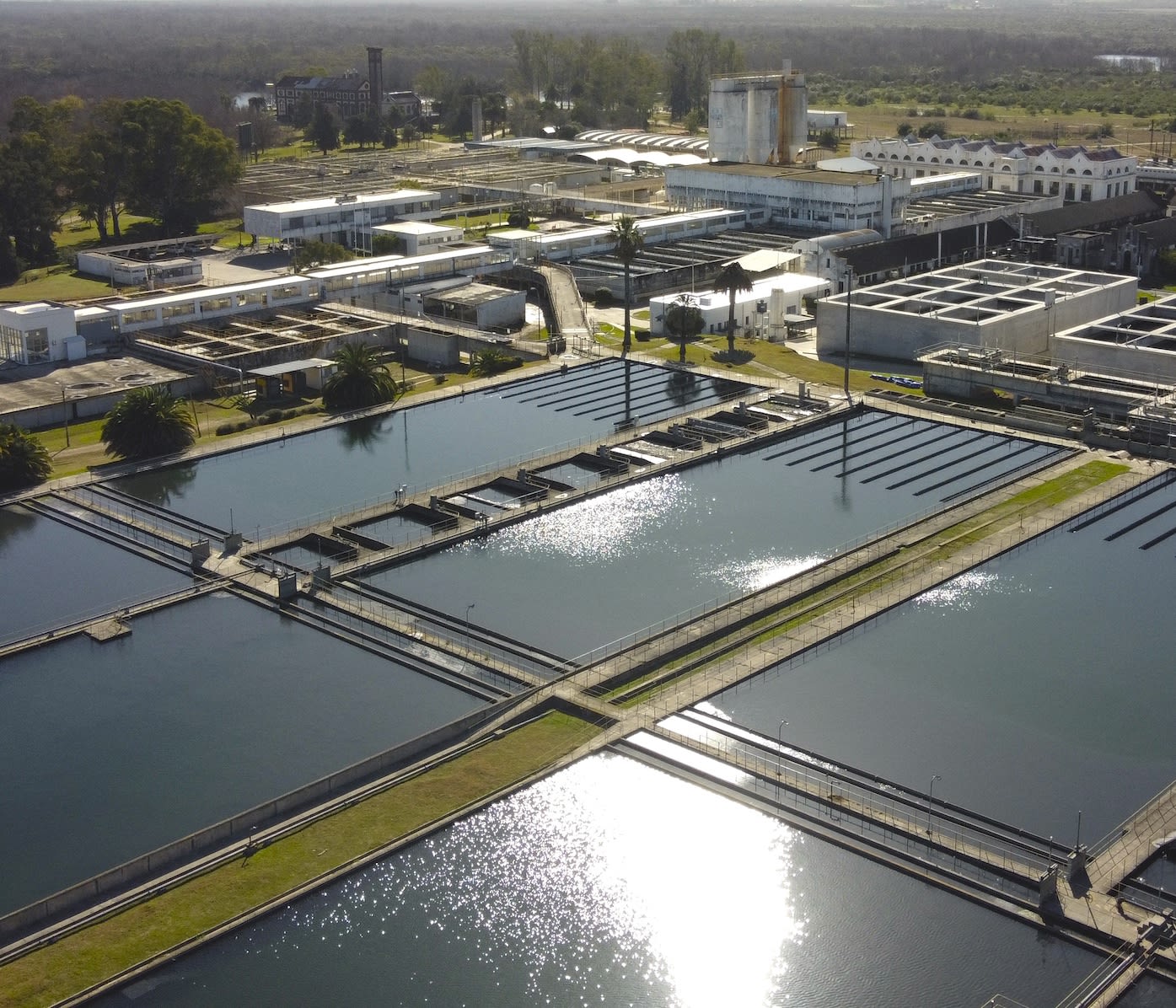
Investment
Increased public and private investment is essential for the effective development and implementation of water security strategies. Investments in water infrastructure aid in bridging the cost gap between utility providers and consumers, particularly in water-stressed regions. Additionally, investment in technological innovations can help reduce the resource burden of the agriculture and energy sectors, reducing environmental impacts and improving economic returns.
Ultimately, there is no single answer to the global water crisis. Rather, our collective ability to address global water insecurity in all its forms—physical, economic, and experiential—will rely on coherent strategies that are as complex and interdependent as the challenges themselves.
Special Thanks
- Dr. Sera L. Young, Northwestern University
- Dr. Bhawani Venkataraman, The New School
- Brenda Leonard, Bush Radio
- David Michel, CSIS GFWSP
- Caitlin Welsh, CSIS GFWSP
- Gina Kim, CSIS iDeas Lab
- Katherine Stark, CSIS iDeas Lab


